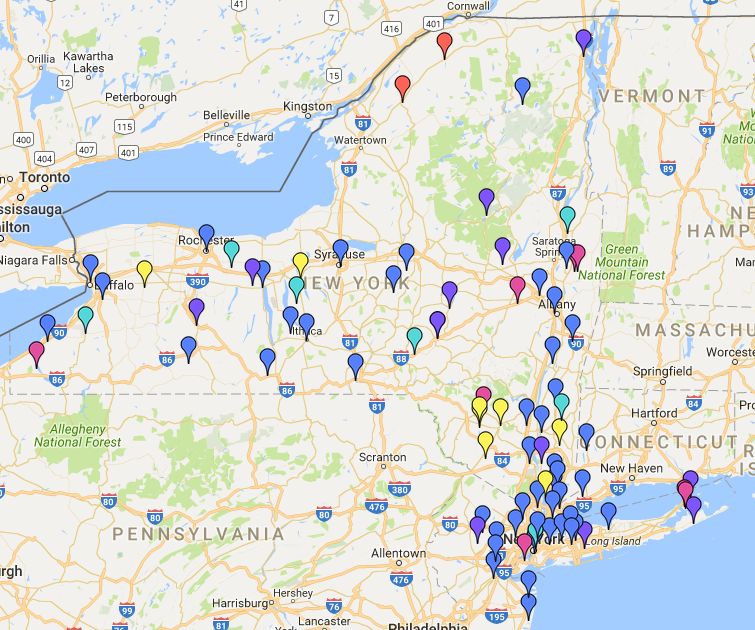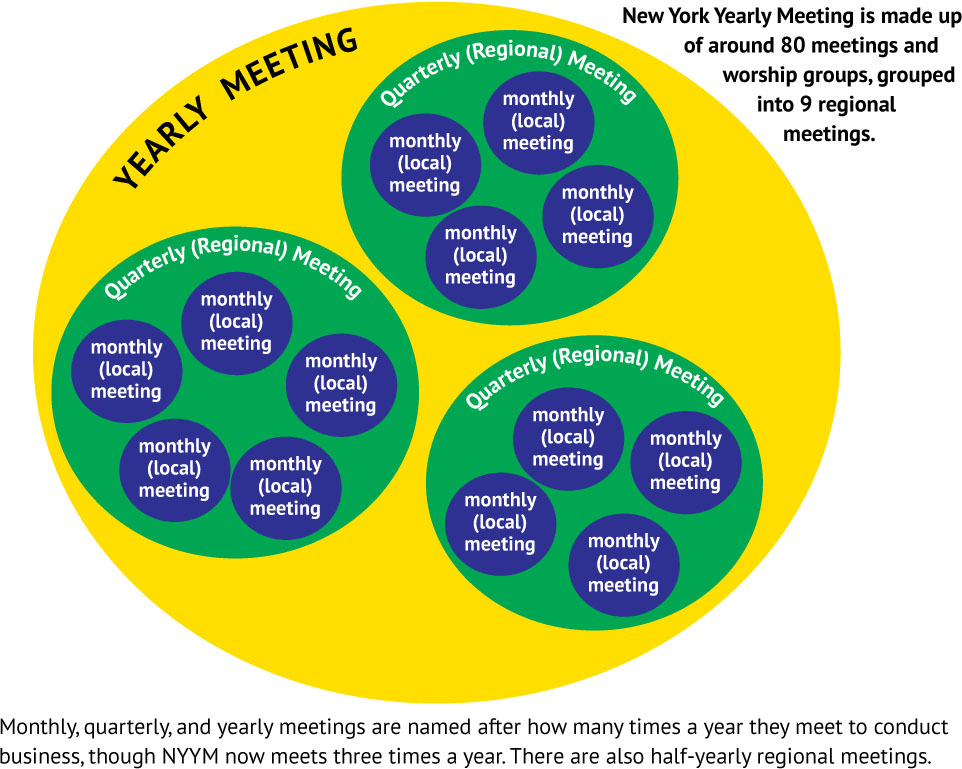Doctrine of Discovery Factsheet
What is the Doctrine of Discovery? Why Should It Be Repudiated?
For thousands of years, Indigenous Peoples lived free in their territories in the Western Hemisphere. When European monarchies invasively arrived in the Western Hemisphere in the fifteenth, sixteenth, and later centuries, during the so-called Age of Discovery, they claimed the lands, territories, and resources of the Indigenous Peoples, asserting that the monarchies had a right to appropriate on behalf of Christendom. The monarchies’ claims of a Christian dominion (dominance) over Indigenous Peoples and their lands served them pragmatically to fend off competing monarchies and to de-legitimate the long-established autonomous indigenous peoples’ governments.
The Doctrine of Discovery is a key premise for non-Indigenous government claims to legitimacy on and sovereignty over Indigenous lands and territories. It is used in particular by former British colonies, specifically, Canada, Australia, New Zealand and the United States of America.
What is found in the Doctrine of Discovery?
- Criteria for claiming land.
- European monarchies treated indigenous land as “unoccupied,” as long as Christians were not present. Status of a “human” was based on religion.
- Land deemed “unoccupied” were therefore “discovered” as if it had been previously unknown to humankind, and the land thus claimed by the “discovering” Christian European “sovereign.”
- Transfer of the land. A Christian government’s claim to sovereignty over the territory of an indigenous nation or people could be transferred by a treaty with another Christian government, such as treaty between the British Crown and the United States.
- Government by agent or proxy. Sovereign monarchs gave royal charters of “discovery” to companies or individuals to delegate the work of claiming Indigenous lands.
- Coercion and subjugation of whole peoples. The Christian European governments sought to subdue, enslave and convert peoples.
- Incorporation of a diminished and impermanent status into secular laws.In the 1823 US Supreme Court ruling Johnson v. M’Intosh, the Supreme Court ruled that Indian nations had no legal title to their lands and were entitled only to the right of “occupancy.”
- Double standard among international conventions. The Doctrine of Discovery is used to diminish validity and significance of international treaties between Indigenous Nations and the US, Canada, New Zealand, and Australia.
Elements of the Doctrine have rationalized heinous behaviors against Indigenous peoples through the centuries. Forced removals such as the Trail of Tears, the seizure of natural “resources,” the destruction of traditional languages and cultures, the sterilization of Indian women, and the disruption of Indigenous communities are examples of implementation of the concepts of “discovery” and “dominance.” The Vatican papal bulls of the fifteenth and sixteenth centuries actively encouraged the subjugation of Indigenous nations, and the secularization of the doctrine in the United States and elsewhere perpetuated subjugation and its consequences.
What effect does the Doctrine of Discovery have at this time?
- The Doctrine of Discovery’s assumption about who is sovereign allows policies to develop without the full knowledge and prior informed consent of indigenous peoples.
- Diminished protection of human rights is evident. e.g. There is no indigenous jurisdiction over crimes committed on their reservations by non-natives.
- The diminished and impermanent status of indigenous peoples under the Doctrine of Discovery is contrary to the right of Indigenous peoples to sustain themselves in perpetuity as distinct peoples, a right affirmed in the UN Declaration on the Rights of Indigenous Peoples.
- The Doctrine’s concept of occupancy (“Indian title”) is inconsistent with the constitutional status of treaties. Treaties are the highest law of the land, equal to the constitution. Treaties are made between sovereign states.
- Self-determination of indigenous peoples brings them in conflict with governments and corporations that rely on the legal lineage of the Doctrine to assert claims to natural resources, such as coal, oil, uranium, natural gas and water.
Readings on the Doctrine of Discovery:
- Buying America from the Indians: Johnson v. McIntosh and the History of Native Land Rights, by Blake Watson (2012)
- Johnson v. M’Intosh, US Supreme Court (1823)
- Pagans in the Promised Land, Decoding the Doctrine of Christian Discovery, by Steven T. Newcomb, (Shawnee/Lenape) (2008)
- Native America, Discovered and Conquered, Thomas Jefferson, Lewis and Clark and Manifest Destiny, by Robert J. Miller, Esq. (Eastern Shawnee) (2006)
- Conquest by Law, How the Discovery of America Dispossessed Indigenous Peoples of their Lands, by Lindsay G. Robertson (2005)
See Web Links section for access to translations of papal bulls.
Reading for context:
- Paradigm Wars, Indigenous Peoples’ Resistance to Globalization, edited by Jerry Manderand Victoria Tauli-Corpuz(2006)
- Exiled in the Land of the Free, edited by Oren Lyons et al.(1992)
- American Indian History, Five Centuries of Conflict and Coexistence, Robert W. Venables(2004)
Web Links:
Doctrine of Discovery (study group)
http://www.doctrineofdiscovery.org/
Indigenous Law Institute http://ili.nativeweb.org/
United Nations Declaration on the Rights of Indigenous Peoples http://www.un.org/esa/socdev/unpfii/en/drip.html
UN Preliminary Study on the Doctrine of Discovery http://www.un.org/esa/socdev/unpfii/documents/E.C.19.2010.13%20EN.pdf
Some steps in the historic sequence of the Doctrine of Discovery
BCE: The Roman Empire took unoccupied or undefended land (terre nulles) for the emperor.
4th century and onward: In the early 4th century, Emperor Constantine established the orthodoxy of the Christian church in the Roman Empire. Christianity was decreed the exclusive state religion of the Empire in 380 CE.
Middle ages: The Church converted pagan kings in Europe and the British Isles, often by force of arms and threat of eternal damnation. The Church acquired vast tracts of land from them.
11th–13th centuries: Crusades attempted to control the Holy Land. Lands not occupied by Christians were deemed vacant. The Church arbitrated land claims among Christian monarchs.
15th century: Papal bulls (1452, 1453, 1493, and following) authorized only Christian monarchies as sovereign, and encouraged them to vanquish and place in perpetual slavery/servitude any heathens, pagans, Saracens, or other non-Christian peoples. For example, Portuguese developed the slave trade along the west African coast. The Church required “discovery” of land that was not occupied by Christians and to bring it under Church dominion. The peoples in Asia, Africa, and the Americas were not deemed sovereign as they were not Christian. The papacy authorized military conquest to assist conversion to Christianity.
16th–18th centuries: Church-based claims to sovereignty by Spain, Portugal, and France became transferable to other Christian monarchies through treaty. Protestant monarchies, such as the British Crown under Henry VIII, reasserted themselves as Christian sovereigns, a status further bolstered by treaties and dynastic marriages.
1783: The Treaty of Paris between the British Crown and the United States of America recognized the United States of America as a “sovereign” government (though not a monarchy).
1823: US Supreme Court case Johnson v. M’Intosh made “discovery doctrine” explicit in US law. The court denied individuals permission to buy land from American Indian tribes [nations]. Under the doctrine, the court assumed only a sovereign United States could acquire the land, should the Indians choose to sell. In this decision, Indians were given a limited right of “occupancy” without full title to their own land, and could thus lose their land if they could not prove continuous occupancy. The doctrine was reframed in secular terms, in which the criterion for sovereignty became “cultivators of land” instead of “Christians.”
1955: US Supreme Court case Tee-Hit-Ton Indians v. United States relied on the doctrine of discovery. The court ruled that because “Tee-Hit-Tons were in a hunting and fishing stage of civilization” they had only a limited right of occupancy, and therefore the US was not required to reimburse the Tee-Hit-Ton for timber harvested from their land. [Tee-Hit-Ton are Tlingit people in Alaska. See http://www.utulsa.edu/law/classes/rice/USSCT_Cases/Tee-Hit-Ton_v_US_348_272.htm.]
2005: US Supreme Court case City of Sherrill v. Oneida Nation of Indians relied on doctrine of discovery to limit the Oneida Nation’s sovereignty. The Oneidas had documented their sovereignty through US treaties. The court ruled that due to an interval of nonoccupancy, land in question was not sovereign Oneida territory. Under the doctrine, the land could have federal trust status. Trust status exempted the land from taxation, in this case by a municipal government, the City of Sherrill.
2007: UN Declaration on the Rights of Indigenous Peoples acknowledges many rights, yet is not explicit on sovereignty issues.
This item is part of





